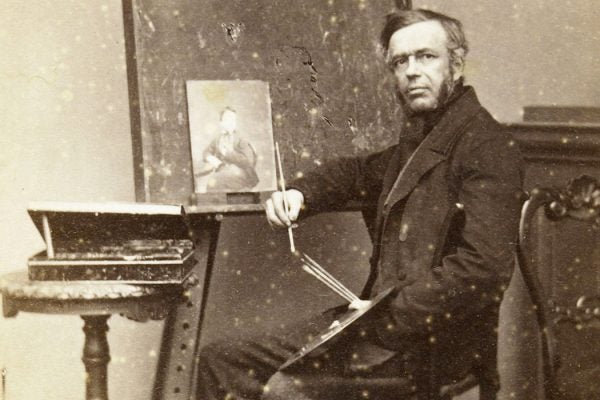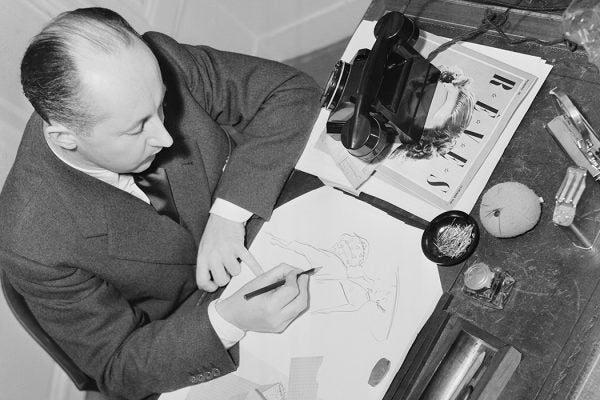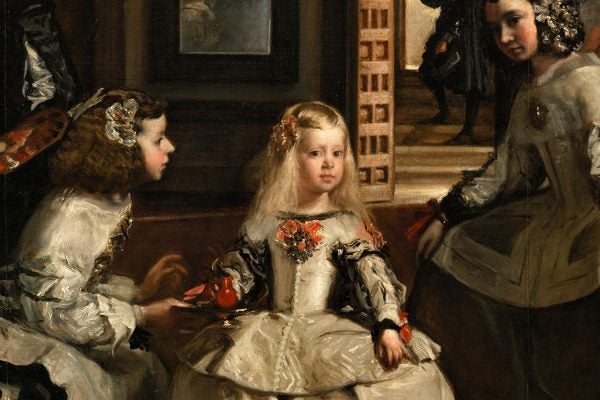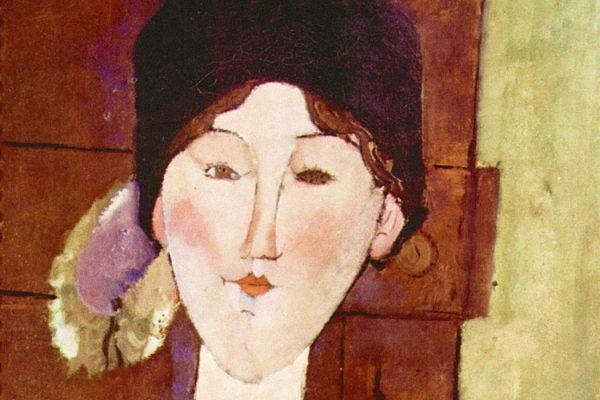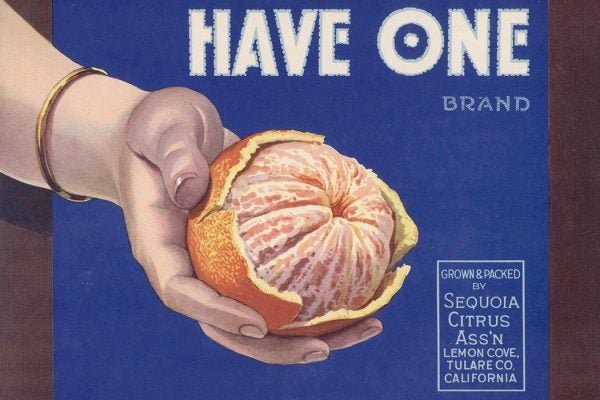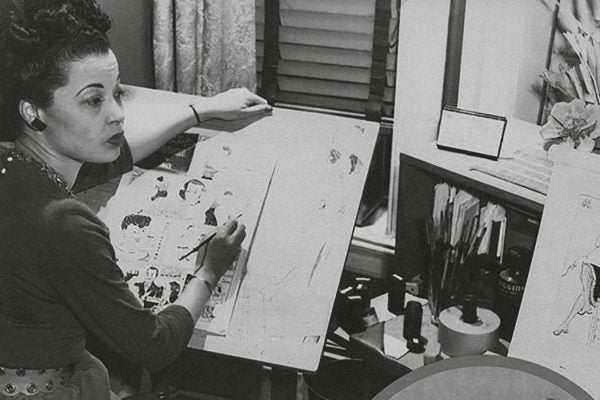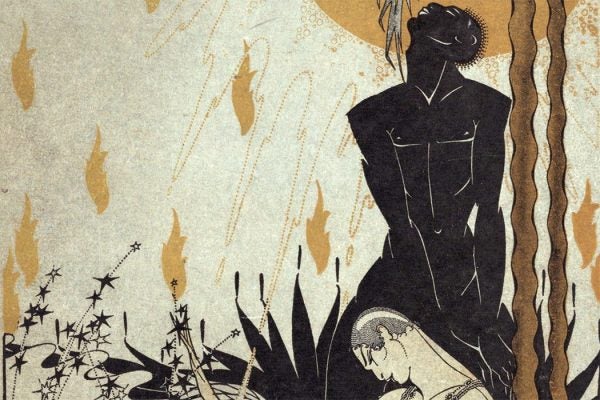Did Photography Really Kill Portrait Painting?
While some viewed photography as a competitor for their customers, Dutch portrait painters reaped the benefits of the emerging medium.
Christian Dior vs. Christian Dior
The designer’s impulse to convey his two selves to the public stemmed from a desire to be seen as genuine artist working in a world of artifice.
Introducing Our Visual Literacy Column, “Learning to Look”
Developing visual literacy skills unlocks a means of understanding and engaging with the world that cannot be replaced by any text.
Who Was the Little Girl in Las Meninas?
A Spanish princess who became a German queen, Margarita Teresa lived a life structured by Catholicism and cut short by consanguinity.
Our Obsession with Art Heists
A deeply ingrained interest in stolen objects and their recovery reflects our collective uncertainty over how we value art.
Beatrice Hastings: The Forgotten Modernist
Marginalized in early histories of Modernist literature, Hastings left a mark on one of the most influential literary magazines of the early twentieth century.
Orange Crate Art
California citrus growers drew on mass-printing techniques and advances in color lithography to create distinctive brands for their boxes.
Rosa Bonheur’s Permission to Wear Pants
One of the few women permitted to wear trousers during the Third Republic, the French artist developed a sense of self through her clothing choices.
The Groundbreaking Work of Jackie Ormes
The first Black woman to have a regularly published comic strip, Ormes gave form to the political and social concerns of Black Americans.
The Short but Influential Run of Ebony and Topaz
The 1927 art and literature magazine only ran for a single issue, but “proved an integral component of Harlem Renaissance cultural production."
